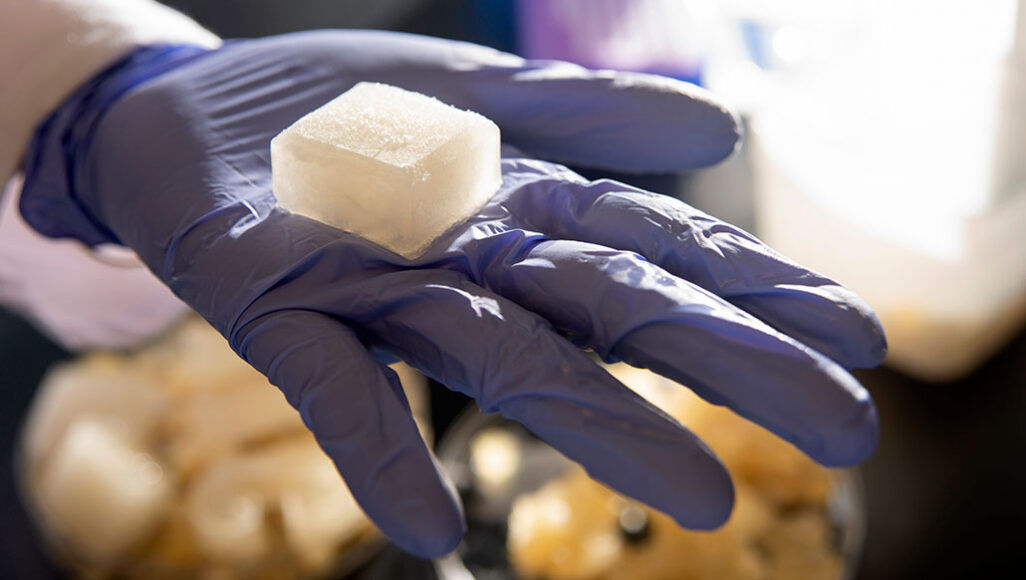Questions for ‘Could reusable ‘jelly ice’ cubes replace regular ice?’

University of California, Davis researchers say these innovative new cooling cubes are anti-microbial and could reduce food storage cross-contamination.
Gregory Urquiaga/UC Davis